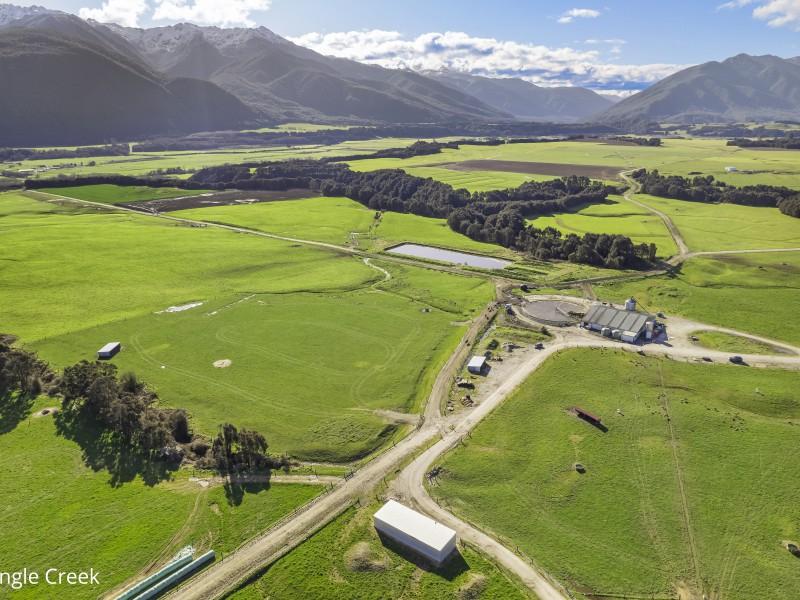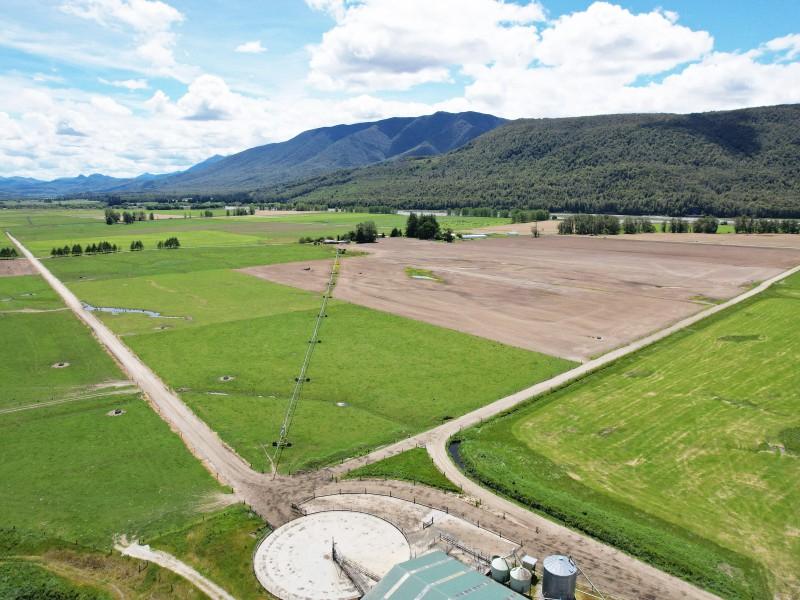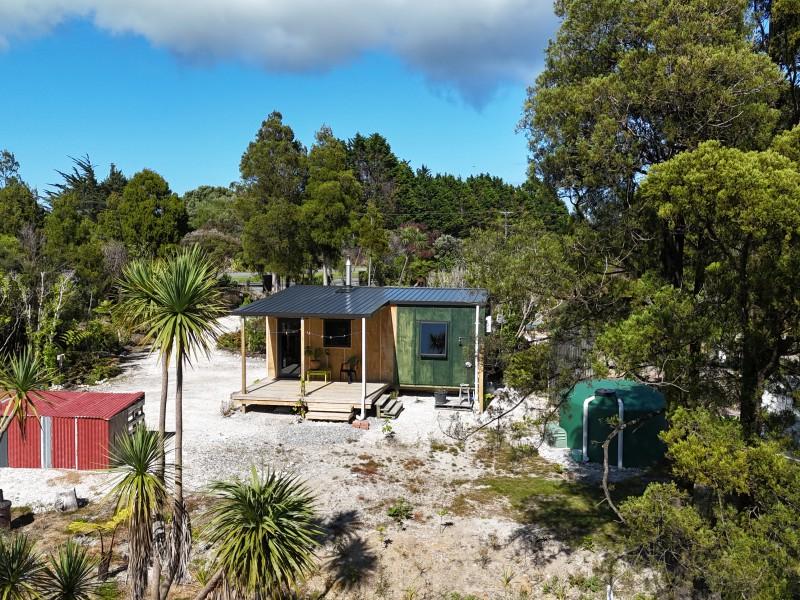Importance of New Zealand’s largest mining region underscored
By local democracy reporter Brendon McMahon:
The high profile West Coast mining sector can no longer be just characterised as coal and gold but as a linchpin to the region's economy and vital services.
That's the view of Te Tai o Poutini Plan principle planner Loise Easton who offered her opening statement on day one of the formal hearings into the proposed ‘one district plan’.
The all-encompassing plan will eventually replace the current three district plans that operate across the West Coast.
She noted the region had the largest coal mine in New Zealand, at Stockton – with an historic footprint bigger in area than the city of Christchurch.
At the same time “a plethora” of other resources in the ground such as rare earth minerals were coming into prominence thanks to international demand for high tech components for the likes of electric cars and solar panels.
“Often it’s a case of many of those things people haven’t paid much attention to in the past, but now are part of the potential economic future of the West Coast.”
Easton told hearing commissioner Paul Roger that while employment numbers at Stockton were lower than historically, the region was largely dominated by many small mines employing from two to three people.
Easton said even though the domestic coal market was being pared back the necessity for high quality thermal coal exported from the region for steel manufacture "can't be replaced" yet.
At the same time gold mining in the region remained significant.
The mainly alluvial gold sector was not in decline as evidenced in the Reefton area with significant investigation of new permits underway.
“Mineral extraction is what the West Coast has been built on. With the decline in coal, it does not mean the end of mining on the West Coast,” said Easton.
A big question for the TTPP planners had been what happened when current mine licences expired, and this had partly driven the designation of a Minerals Zone within the proposed plan, she said.
Currently much of the region was subject to Crown Mineral Licence system, with the likes of Stockton still operating under that system after decades rather than through the newer RMA regime.
However while Stockton's licence was due to expire in 2028, the footprint was huge with significant parts of the Stockton Plateau subject to extensive and ongoing rehabilitation, including over areas that had historic acid mine problems dating from 19th century mining.
“All of these are in the wider Stockton area, operating under the mining licence system.
“While stuff may not be coming out of the ground, rehabilitation is going on.”
This had seen “huge impact” in the improved health of some Buller waterways by dealing with a legacy of leaching from aggregates exposed through mining back to the 19th century.
Easton said while mining drove a "huge strategic direction" the other reality was the region also had five national parks within its boundary, with 84% of the land area under Crown agency control.
Alongside that much of the private land in the region - to be subject to the SNA process - had significant biodiversity along a long and significant coastline.
As such, the recently promulgated West Coast Policy Statement "does set a very strong direction for the natural environment."
⚠️ DOGS DIE IN HOT CARS. If you love them, don't leave them. ⚠️
It's a message we share time and time again, and this year, we're calling on you to help us spread that message further.
Did you know that calls to SPCA about dogs left inside hot cars made up a whopping 11% of all welfare calls last summer? This is a completely preventable issue, and one which is causing hundreds of dogs (often loved pets) to suffer.
Here are some quick facts to share with the dog owners in your life:
👉 The temperature inside a car can heat to over 50°C in less than 15 minutes.
👉 Parking in the shade and cracking windows does little to help on a warm day. Dogs rely on panting to keep cool, which they can't do in a hot car.
👉 This puts dogs at a high risk of heatstroke - a serious condition for dogs, with a mortality rate between 39%-50%.
👉 It is an offence under the Animal Welfare Act to leave a dog in a hot vehicle if they are showing signs of heat stress. You can be fined, and prosecuted.
SPCA has created downloadable resources to help you spread the message even further. Posters, a flyer, and a social media tile can be downloaded from our website here: www.spca.nz...
We encourage you to use these - and ask your local businesses to display the posters if they can. Flyers can be kept in your car and handed out as needed.
This is a community problem, and one we cannot solve alone. Help us to prevent more tragedies this summer by sharing this post.
On behalf of the animals - thank you ❤️

What word sums up 2024, neighbours?
If 2020 was the year of lockdowns, banana bread, and WFH (work from home)....
In one word, how would you define 2024?
We're excited to see what you come up with!

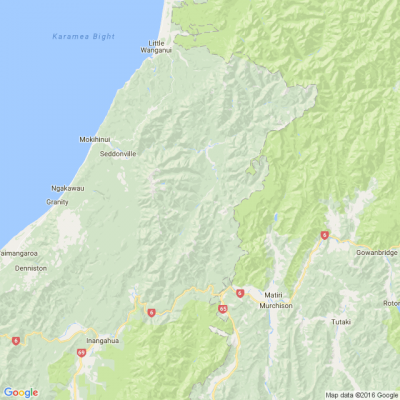
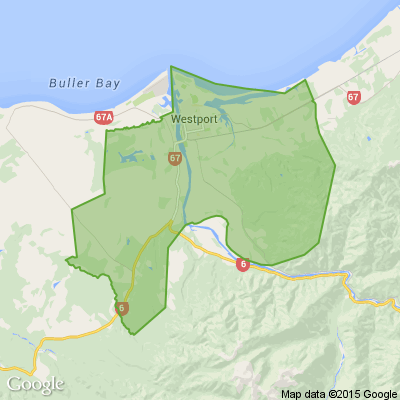





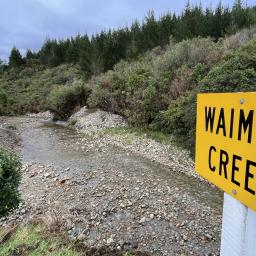

 Loading…
Loading…








